The most stunning archaeological discoveries of all time
The author briefly describes her top picks for the world’s most iconic archaeological finds.
For thousands of years, mankind has poured untold effort, imagination and resources into creating structures and artifacts as testaments to the ambition of our species. Whether built for the glory of man or god, these achievements speak as works of art to the grandeur of history. Many stunning ancient edifices are still standing today after having been unearthed by archaeologists. Here is a selected list of the most stunning examples of our ancestors’ enduring will to leave their mark on the planet.
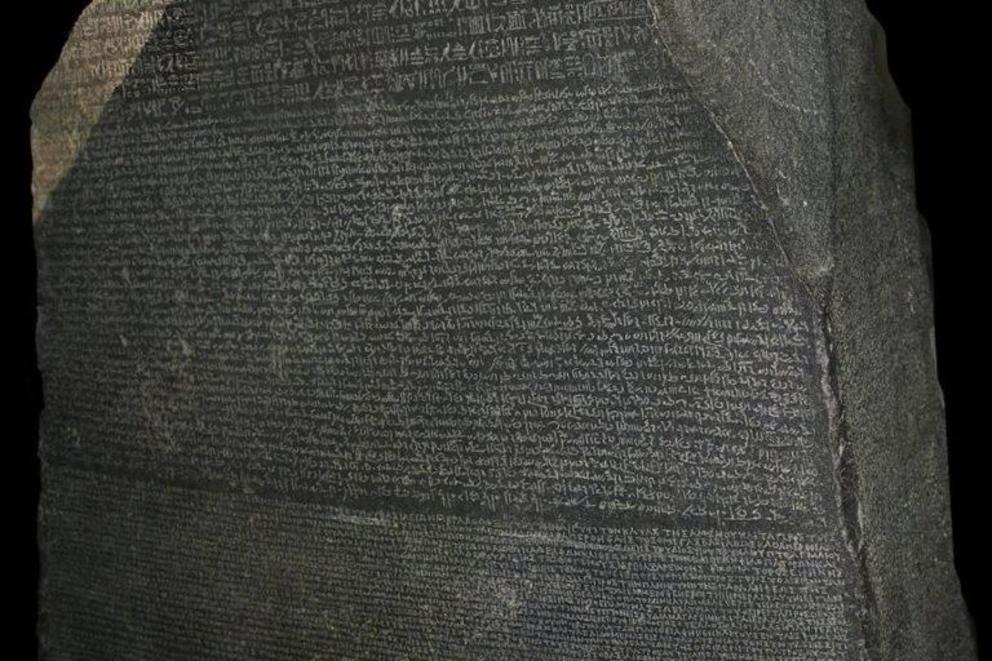
Image courtesy Han Hillewaert, Wikimedia Commons
The Rosetta Stone
First stumbled upon in 1799 by a French soldier during France’s Napoleonic campaign in Egypt, this rock-hewn slab of text would prove to be valuable beyond its significance simply as an ancient artifact. The stone itself is carved from granodiorite, and is thought to have been produced in the Hellenistic Era roughly two centuries before the start of the Common Era. The Rosetta Stone is adorned with three versions of the Decree of Memphis (a royal missive to the people issued on behalf of King Ptolemy V) in the ancient Greek, Demotic and hieroglyphic languages.
The information contained in the decree itself was not nearly as significant as the opportunity it afforded scholars to cross-reference three ancient languages against each other in what was the first multilingual text discovered from antiquity, and proved to be key to successfully deciphering the Egyptian hieroglyphic language. Since 1802 it has stood on near-permanent display at the British Museum in London, and has remained the most visited item on display at the museum to this day.
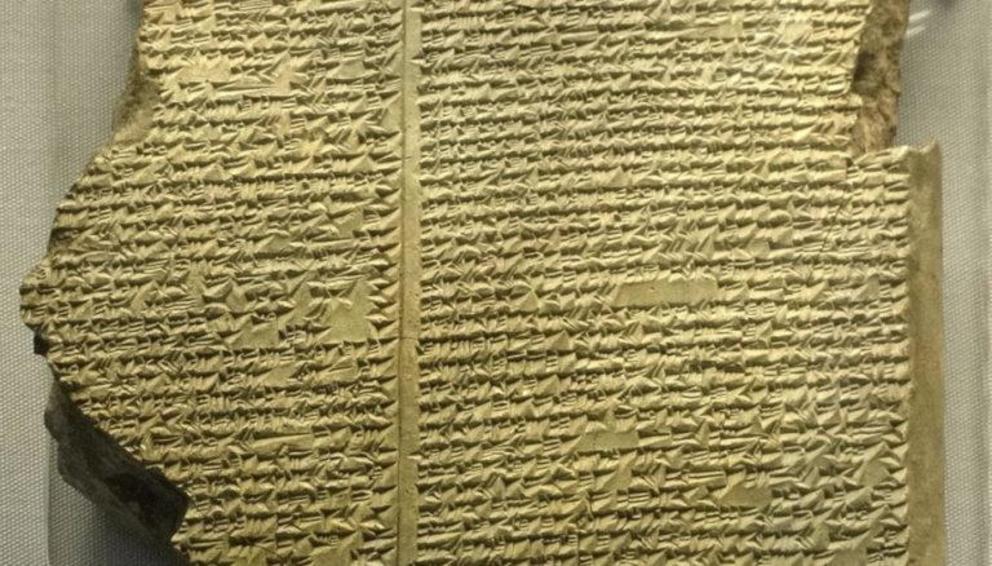
Tablet documenting a portion of the Gilgamesh Epic, on display in the British Museum. This tablet was recovered from the Library of Ashurbanipal. Fae, Wikimedia Commons
The Library of Ashurbanipal
This incredible collection of texts from the oldest royal library in the world is one of the the most iconic pre-classical collections ever unearthed. Mostly made around the 7th Century BC, they represent the pinnacle of the written word in the ancient Assyrian Empire. They form the basis for any study of this immense force in Iron Age Asia. Its discovery is credited to the English archaeologist Sir Austen Henry Layard, who first uncovered the library at Kouyunjik, once the site of ancient Nineveh, the capital city of the Assyrian Empire in Upper Mesopotamia, and located near what is now the city of Mosul in modern-day Iraq. The library discovery has yielded around 30,000 clay tablets amounting to roughly 6,000 texts covering everything from math, science, and economics to literature, written in Akkadian cuneiform script. The library was constructed by Ashurbanipal himself, the last king of the Neo-Assyrian empire. Ashurbanipal had acquired a scholarly bent from his time as prince, second in line to the throne. Believing that his older brother Sin-iddin-apli would become king, he immersed himself in scholarship, mastering different languages and studying reading, writing and arithmetic. His brother died before he could be crowned, however, so Ashurbanipal took the throne. Although he was also a fearsome warrior and military commander, his academic background also marked his rule and led to erecting the library sometime around the middle of the 7th Century BCE. He used his imperial might to leverage other countries into sending him texts that filled the library with writings on math, science, religion, economics and administrative records, with works on divination and ritual being a particularly personal interest to the king. The library forms one of the most extensive bodies of documentation on the ancient Near East and gave the modern world the classic of ancient literature, Epic of Gilgamesh.

The excavated walls of Troy. Cherry X, Wikimedia Commons
Troy
The excavation of Troy that started in 1870 finally brought the legendary city out of the pages of Homer’s epic poem, the Iliad, and into the realm of historical reality. Located in the ancient region of Asia Minor in what is now known as the Anatolian region of modern-day Turkey, Troy actually refers to different generations of the same city (Troy I-IX), the ruins of which stacked and overlapped with each other, reflecting how the city would be rebuilt every time it was razed in warfare.
The excavation was a partnership organized by the English archaeologist Frank Calvert and German businessman Heinrich Schliemann around 1870. Following preliminary digging at the principal excavation site at Hisarlik, there was skepticism over whether the ruins were indeed the Troy of Homer’s epic. However, as the network of fragmented city ruins revealed itself, it became apparent that they were indeed bringing legend to life, as corroborated by other classical sources from the same period. Over time, the excavations have revealed a rich seam of archaeological resources on the various tribes and cultures that have occupied this strategically important region, starting from the Bronze Age to include Persians, Macedonians, Ancient Greeks, the Gauls, and the Roman Empire.
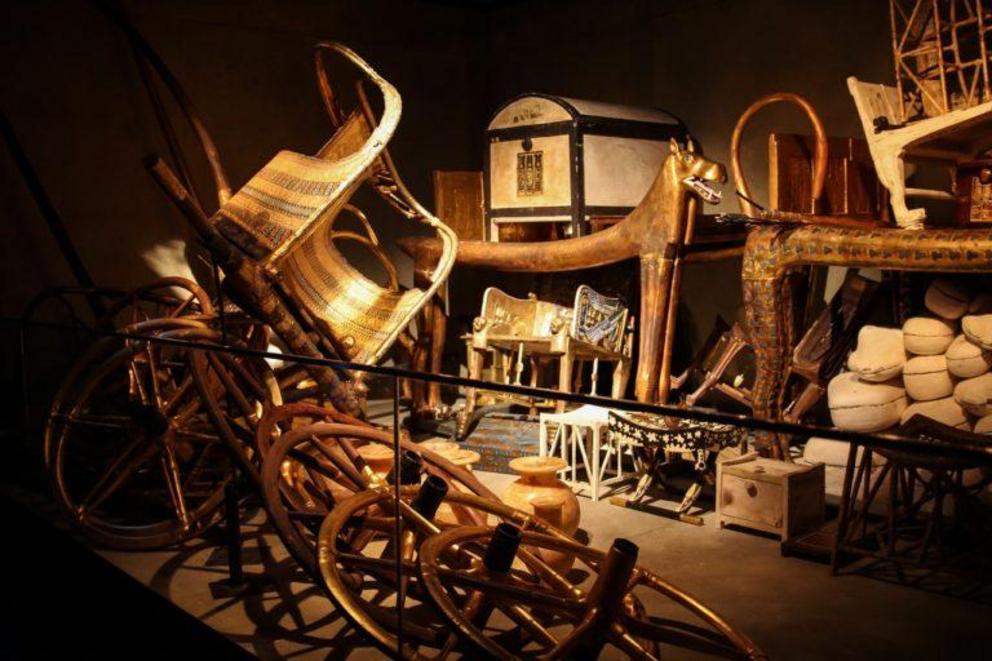
Gellinger, CC0 Creative Commons
Tutankhamun’s Tomb
The discovery of Tutankhamun’s tomb helped reinvigorate a global boom in interest around ancient Egyptian culture and gave us the most iconic image of that ancient civilization – the golden death mask of “King Tut”. He ruled during the 18th dynasty in what is known as the New Kingdom of ancient Egypt, sometime around the 14th Century BCE. The tomb was first discovered by the British archaeologist and egyptologist Howard Carter in 1922, who had been commissioned by the British aristocrat Lord Carnarvon to conduct a broad expedition of tomb digs in the Valley of the Kings. Carter meticulously catalogued and removed every item in the tomb (labelled site KV62) in an effort that took ten years, with the contents settling at the Egyptian Museum in Cairo.
What is remarkable about the discovery is how untouched the site was, especially in comparison to other tombs that had been massively ransacked over the centuries. KV62 showed evidence of having been hastily robbed twice before, but only the two outermost chambers had been breached, and the burial chamber of Tutankhamun remained undisturbed. It is also thought that geographical movements and the accumulation of rubble had succeeded in keeping the tomb hidden from prying eyes over the years. The tomb’s excavation rendered countless artifacts displaying the finest craftsmanship and metalwork of King Tut’s lifetime. Although the famous death mask is on display at the Egyptian Museum, the king himself still remains interred in his burial chamber. The contents comprise a treasure trove of ancient Egyptian artifacts from a period when the empire was at the very height of its power, and many of them still go on loan around the world in high-profile museum exhibitions that have lost none of their ability to capture the popular imagination.
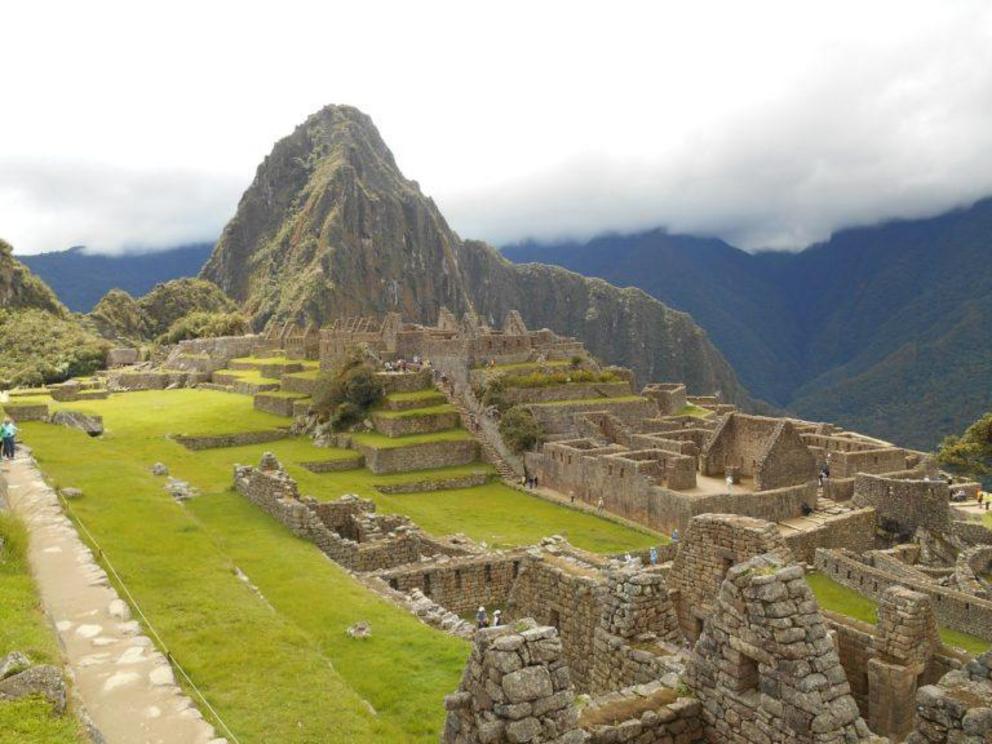
Marco Guera, CC0 Creative Commons
Machu Picchu
The most famous of all the cities of the Incas, this settlement is one of the youngest of the world’s great archaeological discoveries, having been constructed around 1450 CE. U.S. academic and explorer Hiram Bingham was the first to discover the site in what is now modern day Peru, during the 1911 Yale Peruvian Expedition, mostly thanks to the aid of local guides who had been aware of the ruins’ existence for some time. Initially Machu Picchu was so overgrown that he could only partially identify the site. He led another expedition the next year, whereupon he and his team spent four months clearing out undergrowth and beginning excavation. The city revealed itself to be roughly comprised of two districts: a lower town for agricultural facilities like warehouses; and an upper urban district centered around temple structures. The city was made up of about 200 buildings ingeniously constructed on and around the undulating mountainous terrain. Of special note are the Temple of the Sun, Room of the Three Windows and the Intihuatana ritual stone that functioned as a kind of sundial.
The discovery of Machu Picchu was significant because of what it revealed about Inca architecture, social structures, culture and their sun-worshipping religious systems, rendering around 40,000 artifacts from Bingham’s expeditions alone. Although abandoned by its inhabitants in the face of incursion by Spanish conquistadors, no evidence has ever been found of the European invaders ever discovering the site, which accounts for how well-preserved it was upon Bingham’s initial discovery. Today the Peruvian government continues to work on a historically accurate reconstruction project for this UNESCO World Heritage site. It remains the most stunning testament to Inca civilization in existence.
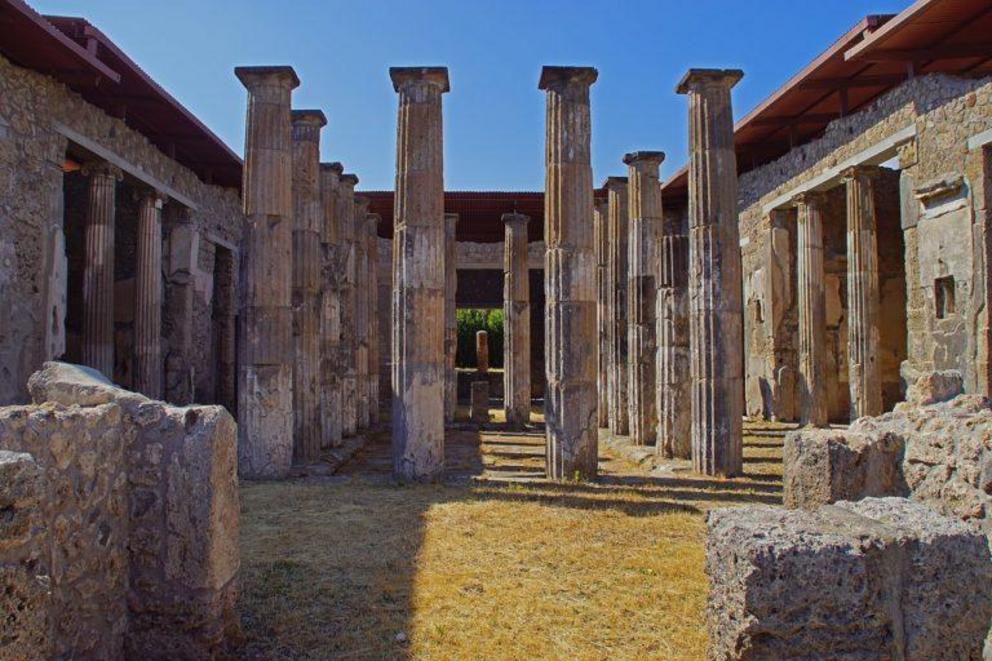
Scapin, CC0 Creative Commons
Pompeii
Preserved by the ashes and lava that smothered the town during an eruption of Mount Vesuvius in AD 79, Pompeii has, ever since its discovery, served as a grisly, and thoroughly illuminating, window into almost every aspect of Roman life of the time. Located in what is modern-day Naples, the town was home to roughly 11,000 inhabitants at the time of the disaster. The volcano’s eruption succeeded in smothering the city in many meters of pumice and volcanic ash that helped seal the city from air and moisture, preserving the site in an archaeologically unprecedented whole. Despite having been first discovered in 1599 during a dig as part of a municipal waterworks project, the site was quickly resealed and once again abandoned. It was rediscovered in 1738 by workmen digging the foundations of a royal summer palace for the King of Naples, but the major breakthrough in the history of Pompeii’s excavation came when the Italian archaeologist Giuseppe Fiorelli took over the project in 1863: he realized that the intermittent voids found in the ash layer were spaces where human remains had decomposed, leading him to devise a method of injecting plaster into the space to create casts of the victims as they had died (a technique still in use today, albeit using resin).
One interesting thing that marked the different periods of excavation was the dilemma posed to those who discovered erotic frescos and other artworks depicting the sexual mores of ancient Rome that would have been seen as highly controversial in light of the Christian morality that dominated Europe during these times. This led to many archaeologists of the time covering what they had discovered, and even occasionally abandoning excavation altogether. Yet the allure of Pompeii persisted, and generations of different explorers continued uncovering the city to mine the extraordinarily detailed snapshot it affords us of Ancient Roman civilization. Everything including cuisine, architecture, works of art and even lewd graffiti inscriptions were preserved for historians to analyze, just as they were on the day the volcano erupted.

Part of the Temple Scroll. It was among the Dead Sea Scrolls recovered from the Qumran area in present-day Israel. Israel Museum, Wikimedia Commons
Dead Sea Scrolls
The discovery of the Dead Sea Scrolls amounts to nothing less than the discovery of the oldest and largest cache of ancient biblical texts in history. It was by accident that they ever came to light at all when Bedouin shepherds came across a cave near the West Bank and Dead Sea containing a portion of the writings. These ended up circulating in the local antiquities market until they came to the attention of Dr John C. Trever of the American Schools of Oriental Research (ASOR), the institution that would prove crucial in the long process of collecting the entirety of the scrolls. The Qumran caves of the area were searched over a long period that effectively lasted until 1956, at the end of which roughly 981 different manuscripts had been recovered from 11 different cave sites.
Unfortunately, due to poor storage techniques at the time and geopolitical instability in the region, portions of the texts suffered damage since being discovered. Nonetheless, the bulk of the collection has survived, and now almost all of the materials are maintained in the Shrine of the Book near the Israel Museum. The scrolls were predominantly written in Hebrew and Aramaic sometime between 408 BCE and 318 CE, and contain some of the earliest records of the Hebrew bible. They also shed light on the Judaic practices of their day. In addition, there are materials and writings that aren’t included in the modern Torah. Unfortunately, many of the materials are still in shreds, despite ongoing efforts to reconstruct the various parchments, but there are 11 documents almost completely intact that have proven to be most enlightening for religious scholars and historians in general.
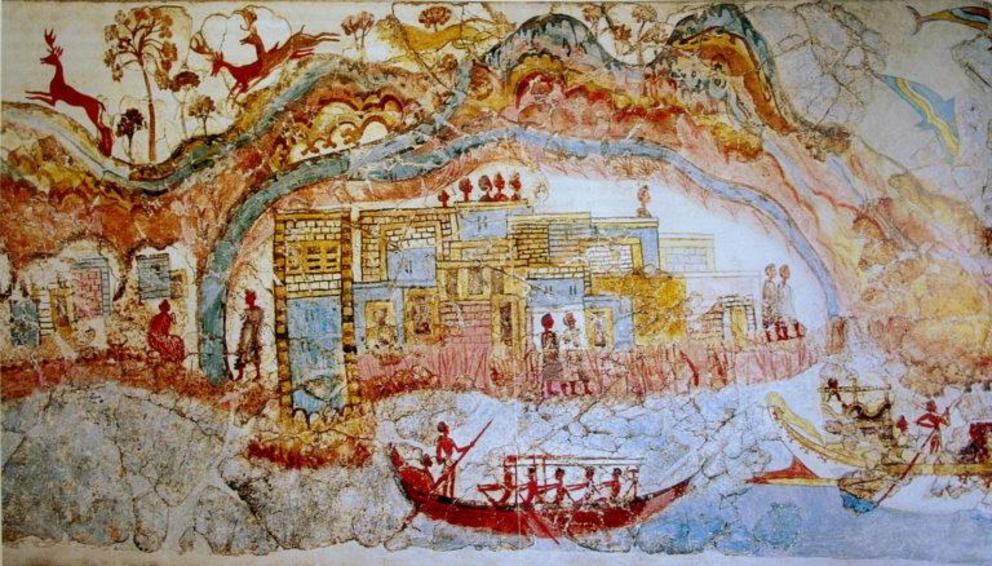
Ship procession fresco, Akrotiri. Yann Forget, Wikimedia Commons
Akrotiri, Thera
Much like Pompeii, Akrotiri is another archaeological site preserved by the forces of a volcanic eruption. However, there are significant differences between the two finds. To begin with, Akrotiri, the site of which is on the modern day Greek island of Santorini (anciently, Thera), dates back far earlier than Pompeii, with evidence for human habitation dating back as far as the fifth millennium BC. The time of it’s burial by volcanic forces also occurred much earlier, around 1627 BC. This Bronze Age site was first uncovered by the French geologist F. Fouque in 1867 after locals reported discovering ancient artifacts at a nearby quarry site. Different archaeologists followed, but it wasn’t until a dig carried out by Spyridon Marinatos in 1967, uncovering the main body of the Akrotiri settlement, that the scope of the discovery revealed itself. Marinatos’ calculations were so accurate that evidence of the city was found within a few hours of the beginning of the first dig.
Unlike Pompeii, the excavation revealed no evidence of human remains that hadn’t previously been interred, suggesting that a well-organized evacuation preceded the volcano’s eruption. The site revealed a wealth of Minoan Bronze Age artifacts, and it has since been speculated that Akrotiri and its destruction was the inspiration behind Plato’s stories about the mythical city of Atlantis.
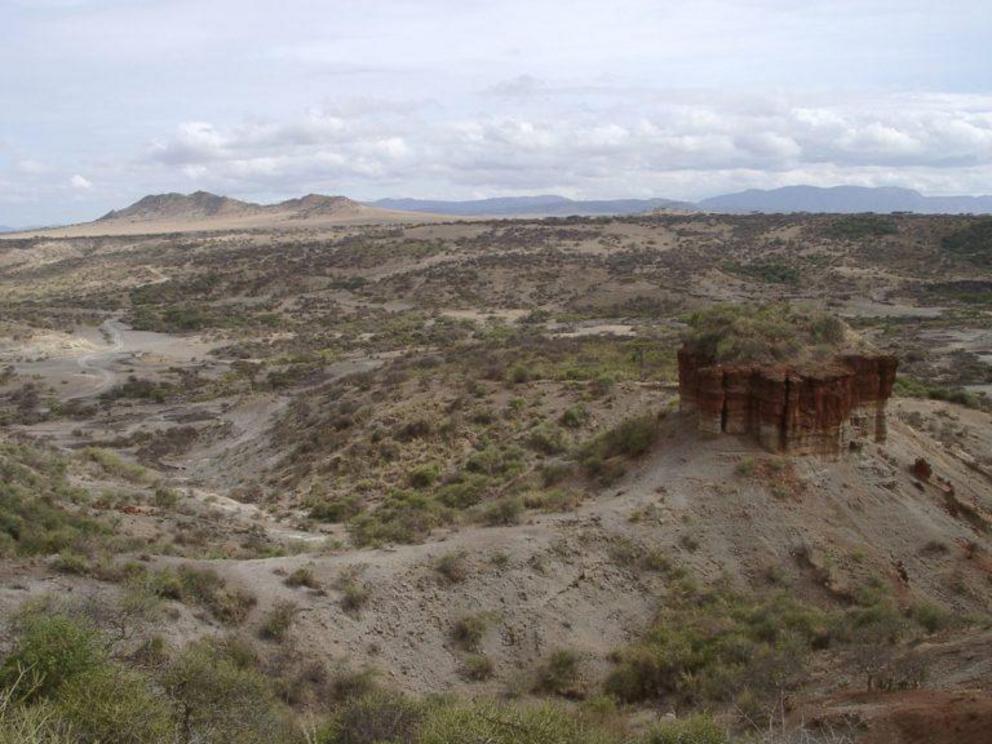
Olduvai Gorge. Vinny Burgoo, Wikimedia Commons
Olduvai Gorge
This site in Tanzania in East Africa reveals some of the earliest evidence of human habitation by homo habilis, considered to be an early human ancestor. Human habitation at this location has been dated back to an astonishing 1.9 million years ago, which was followed by the emergence of homo erectus,
another ancient human ancestor species, and then finally homo sapiens. The archaeological community first became aware of the site in 1911 when Wilhelm Kattwinkel discovered fossilized bones of a three-toed horse on his travels through the site, suggesting evidence for paleolithic remains. However, it was Mary and Louis Leakey who truly brought Olduvai Gorge to the world’s attention with their excavations in the 1930s. They found copious amounts of some of the oldest stone tools ever discovered, along with the remains of ancient forms of humanity. Analyzing the locations of these tools also helped reveal behaviors of these early forms of humans and their cognitive capacity for exploration, cooperation and tool-making. In addition, the discoveries at Olduvai Gorge were critical for supporting the contention that Africa was the cradle of human life.
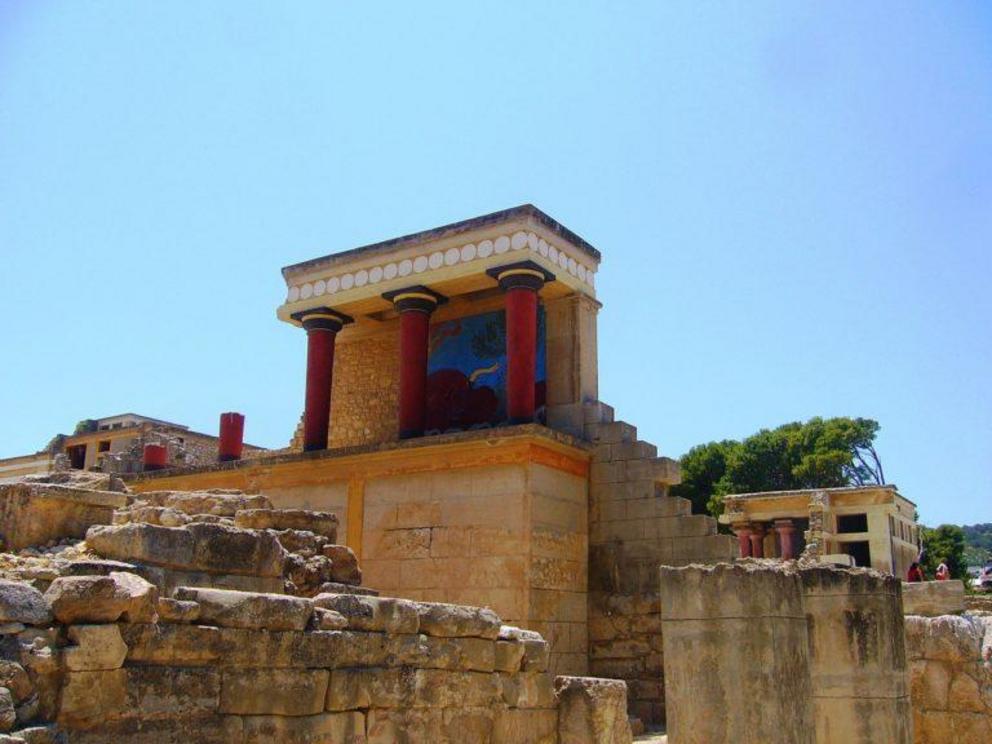
Reconstructed remains of ancient Knossos. Dave Stern, CC0 Creative Commons
Palace of Knossos, Crete
In addition to being one of the earliest Bronze Age sites in existence, Knossos remained the seat of the Minoan civilization, one of Europe’s earliest recognized nation states. Knossos is often called the first city in the world. The earliest evidence on Neolithic settlement at the site dates back as far as 7,000 BCE. The city would later see a population of as much as 100,000 at the height of Minoan civilization between 2,000 and 1,500 BCE. The ancient site was discovered by Minos Kalokairinos in 1878, but excavations proper were started in 1900 by the English archaeologist Sir Arthur Evans. It became apparent that the palace had frequently been destroyed and rebuilt over the course of many years, likely due to the seismic activity that has long plagued Crete. The site has revealed a wealth of pottery and art works, as well as features like drainage systems and aqueducts that have helped archaeologists understand the earliest developments of architecture and municipal systems in pre-classical urban environments.
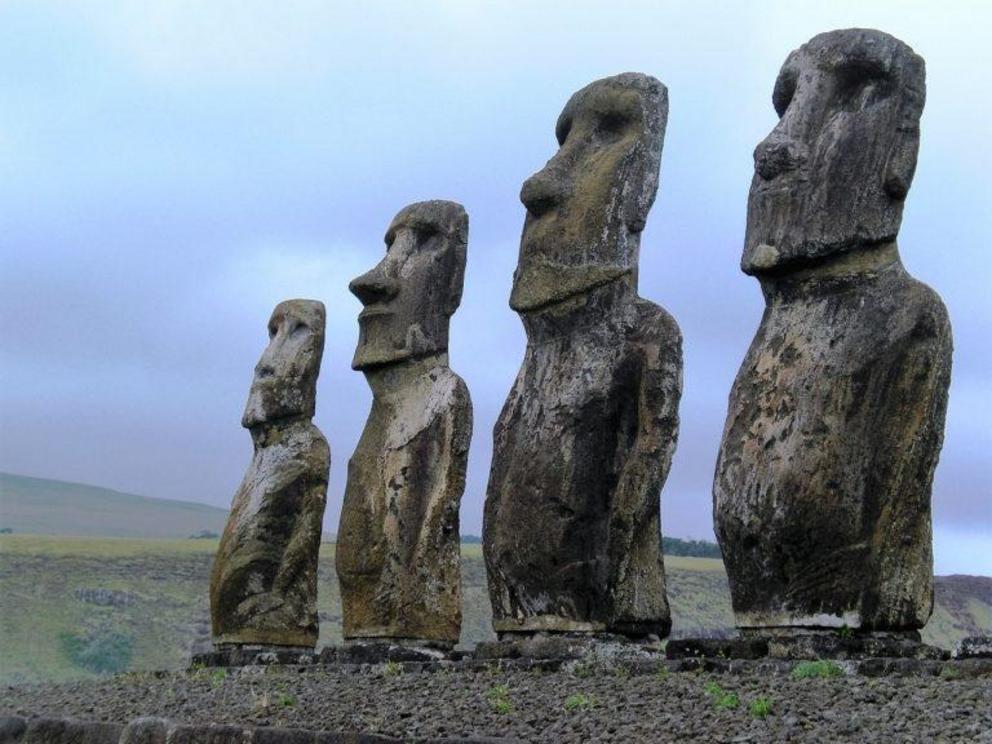
Easter Island, which was inhabited by the Rapa Nui, is perhaps best known for its large standing moai, as shown here. Wolk9, CC0 Creative Commons
Rapa Nui
Better known as Easter Island, this island off the coast of Chile is the home of 887 of the iconic moai statues erected by the native Rapa Nui peoples. Rapa Nui is a fascinating example of the rise and fall of a people. The first settlers were believed to be Polynesians who arrived on the island between 700 and 1,100 CE. What followed was the establishment of a thriving indigenous culture as evidenced by the many artifacts unearthed on the island, as well as the moai themselves. However, it is thought that overpopulation and the introduction of the Polynesian rat to the island’s ecosystem led to comparatively rapid deforestation of the environment and the extinction of many indigenous species of flora and fauna. By the time Europeans arrived on the island in 1722, the island was reduced to a population of only a few thousand, most of which would not go on to endure colonial slave raiding parties and the ravages of European diseases. Now, there are only a few dozen residents on the island, a number far outnumbered by the Easter Island statues that have proven to be Rapa Nui’s hardiest residents.
These sites and artifacts represent a sampling of some of the most important cultural discoveries in human history. But there are many more out there, and some still waiting to be discovered. What still lies undisturbed beneath the earth’s surface, and what can they tell us about worlds buried by the past?
